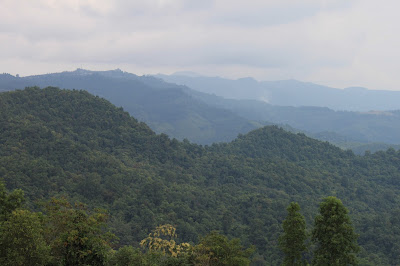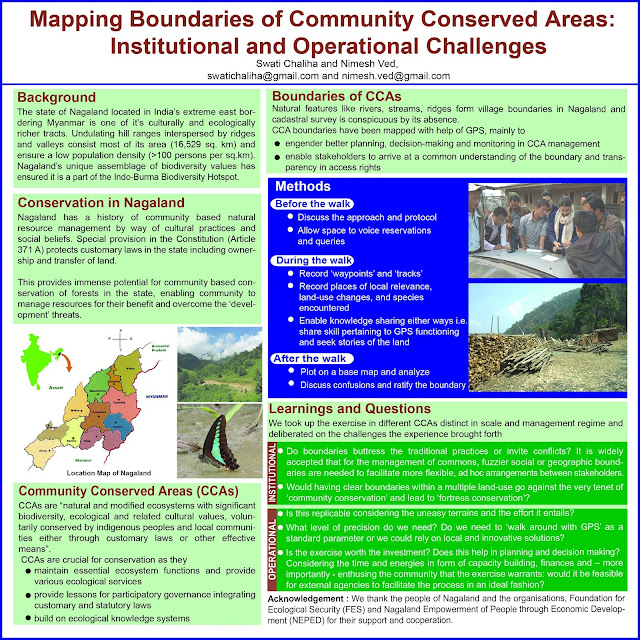Quandaries along a journey on wildlife conservation

Share a piece published on DTE blog during May 2015. We are a people in a quandary about the present. We are a people in search of our future. -Barbara Jordan I have experienced more than a few dilemmas in the course of my journey in wildlife conservation. But I believe that conversations with people, some of whom I learn from in no small measure, have helped to enrich the journey and also underscore these quandaries. Any of these quandaries that you will read about hereon emerge by virtue of practices widely accepted today. However, complex challenges that confront wildlife conservation presently warrant a relook at the conventional practices . A programme-director at a conservation organisation recently shared his experiences. He told that whenever he asks his colleagues about the next step in conservation, after camera-trapping or the use of automated cameras to capture wildlife, he, unfortunately, gets only one answer from them. In a very confident tone, they always s...
